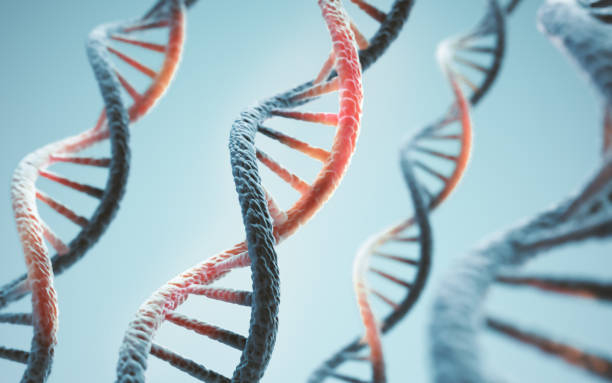What is the DNA double helix?

The twisting, two-stranded molecular structure of DNA is referred to as a "double helix" by scientists. This form, which resembles a twisted ladder, offers DNA the ability to transfer biological instructions with amazing accuracy. To grasp DNA's double helix chemically, imagine the sides of the ladder as strands of alternate sugar and phosphate groups running in opposing directions. Each "rung" of the ladder is composed of two nitrogen bases linked by hydrogen bonds. Because of the very particular character of this sort of chemical pairing, base A always couples with base T, and vice versa for base C and base G. So, if you know the sequence of bases on one strand of a DNA double helix, figuring out the sequence of bases on the other strand is a piece of cake.
The unique structure of DNA allows the molecule to replicate itself during cell division. When a cell divides, the DNA helix separates along the center into two single strands. These single strands act as templates for the construction of two new double-stranded DNA molecules, each of which is a duplicate of the original DNA molecule. In this procedure, an A base is inserted wherever there is a T, a C base where there is a G, and so on until all bases have partners again.
Furthermore, as proteins are synthesized, the double helix unwinds, allowing a single strand of DNA to function as a template. This template strand is subsequently translated into mRNA, a molecule that transmits important instructions to the cell's protein-making machinery.









